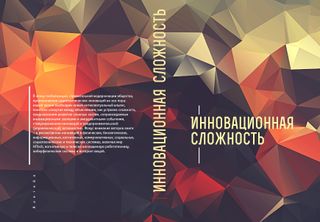?
Пространственно-временная динамика эволюционных процессов в сложных системах
The evolutionary model elaborated by Sergei P. Kurdyumov is considered in the article. Some key ideas put forward by him constitute a basis for development of the methodology of sudy of complex selforganizing systems, called also synergetics. Four important theoretical notions form a fundament of this evolutionary model: connection between space and time, complexity and its nature, blow-up regimes, in which self-organization and rapid, avalanche-like growth of complexity occur, evolutionary cycles and switching of different regimes as a necessary mechanism for maintenance of “life” of complex structures. The methodology allows to understand the nature of innovative shifts in nature and society and to show a possibility of management of innovative processes and of construction of desirable future. Some approaches for possible application of this model for understanding of dynamics of complex social, demographic and geopolitical system are discussed.
